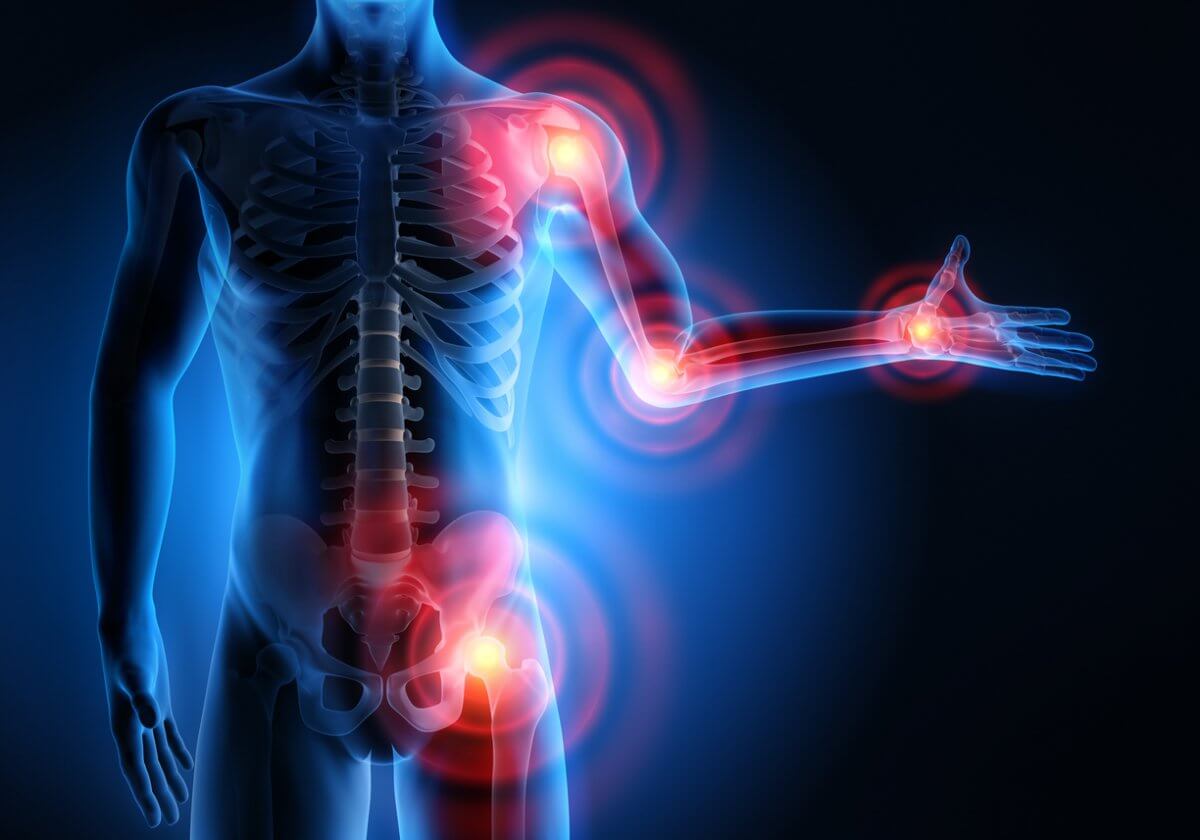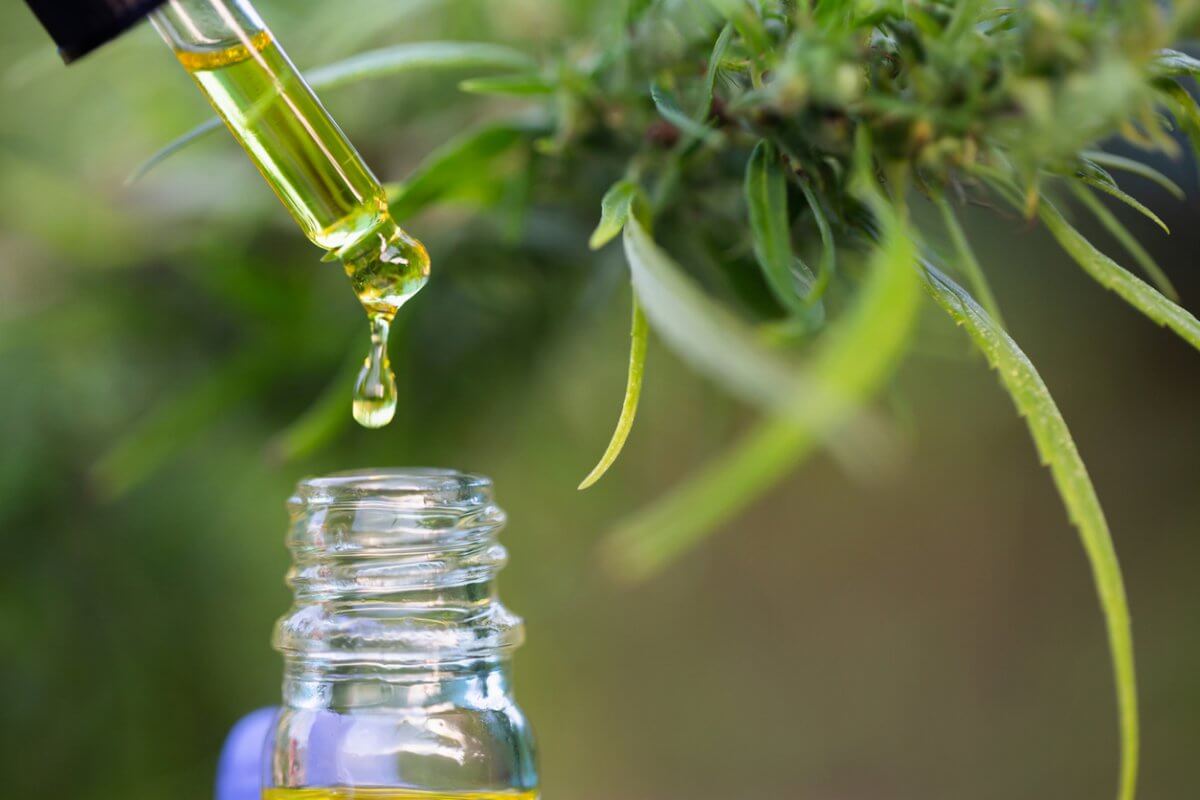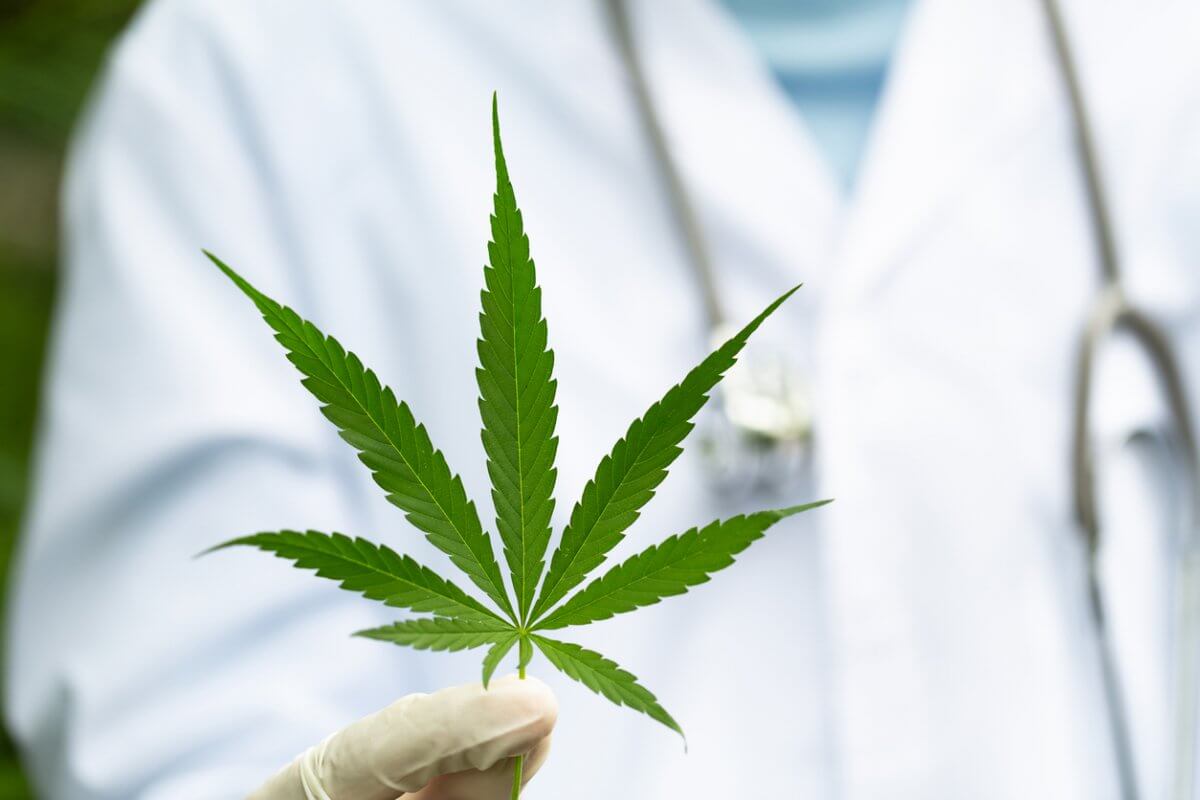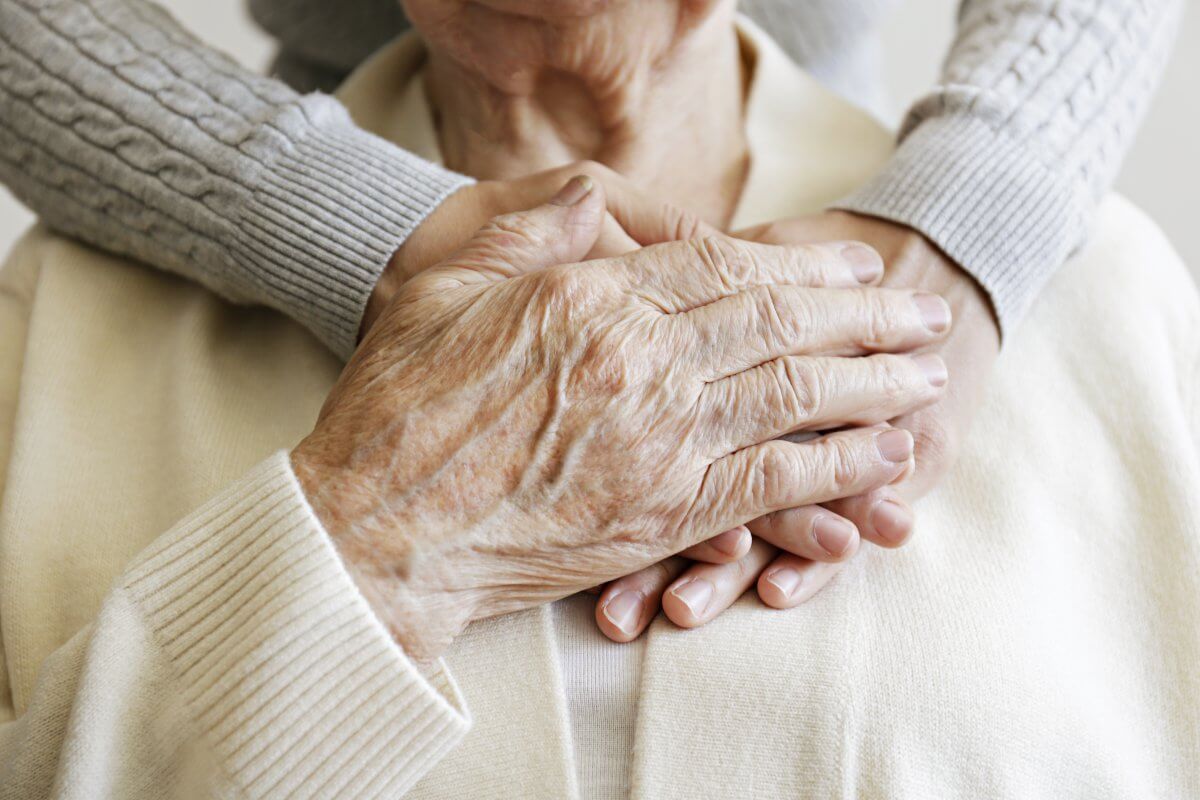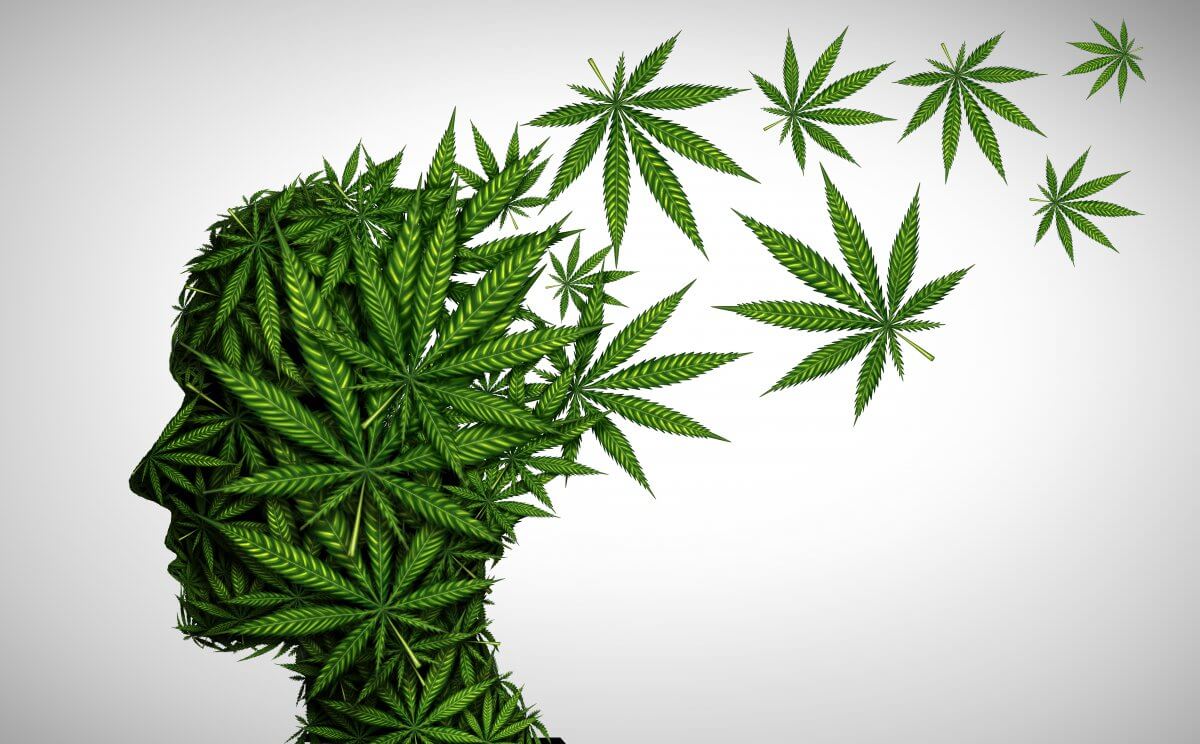Each individual has a unique endocannabinoid system (ECS) tonus that reflects the level of ECS constituents. Both, too low and too high ECS tonus levels can lead to health problems and appear to be involved in the development and chronicity of diseases. Unfortunately, the connections are largely unknown in the medical community.
We asked Robert Uhlenbrock, a Kalapa Clinic physician and expert in the use of medical cannabis, about the importance of ECS tonus.
CanPharma: Mr. Uhlenbrock, what happens in the human body when the ECS tonus deviates from the norm (the average values)?
Currently, science assumes that, for example, a clinically relevant endocannabinoid deficiency leads to an imbalance in the body’s system. This imbalance seems to be involved in a number of chronic diseases. Several studies suggest a link between low ECS tonus and irritable bowel syndrome, migraine as well as fibromyalgia complaints [1]. Especially in the development of migraine, there is increasing evidence for an involvement of the endogenous endocannabinoid system [2].
What are the causes for a deficiency of endogenous cannabinoids and how can this knowledge be used therapeutically?
Low ECS tone can have both genetic causes and be influenced by a person’s individual health behavior. For example, if the human body produces too many enzymes that break down the body’s own endocannabinoids, the tone will be too low. Since endocannabinoids play a crucial role in human physiology, deficient ECS tone can be associated with individual complaints or manifest diseases.
This knowledge has therapeutic relevance: If, for example, the anandamide* level in the blood were examined at regular intervals, we would notice a clinically relevant imbalance at an early stage and be able to react. I am thinking here of the intake of exogenous – i.e. plant-based – cannabinoids, but also regulation via sport, stress reduction and a healthy diet. For the so-called lifestyle factors in particular, there are now promising studies that demonstrate a health-promoting effect [3].
CanPharma: Why is the ECS tonus hardly considered among physicians?
Knowledge of the body’s endocannabinoid system is not a topic of university teaching and is therefore hardly anchored in the professional world. Whoever asks treating physicians for a determination of the anandamide level will most likely encounter little knowledge. Furthermore, as far as I know, there is no laboratory that measures this parameter as part of a blood count. The therapeutic importance of ECS the tonus is significantly underestimated. This must change urgently!
* Anandamide, is the best known and scientifically first described endocannabinoid. It is one of the most important endocannabinoids for controlling the balance in our body, called homeostasis.
sources:
[1] Russo, Ethan B. “Clinical Endocannabinoid Deficiency Reconsidered: Current Research Supports the Theory in Migraine, Fibromyalgia, Irritable Bowel, and Other Treatment-Resistant Syndromes.” Cannabis and Cannabinoid Research, vol. 1, no. 1, Dec. 2016, pp. 154–165, ncbi.nlm.nih.gov/pmc/articles/PMC5576607/, 10.1089/can.2016.0009.
[2] Greco, Rosaria, et al. “Endocannabinoid System and Migraine Pain: An Update.” Frontiers in Neuroscience, vol. 12, 19 Mar. 2018, www.ncbi.nlm.nih.gov/pmc/articles/PMC5867306/, 10.3389/fnins.2018.00172. Accessed 23 Nov. 2020.
[3] “Beeinflusst Sport Endocannabinoide Im Blut Und Migräne? • DGP.” DeutschesGesundheitsPortal, 25 Nov. 2021, www.deutschesgesundheitsportal.de/2021/11/25/beeinflusst-sport-endocannabinoide-im-blut-und-migraene/. Accessed 17 May 2022.


